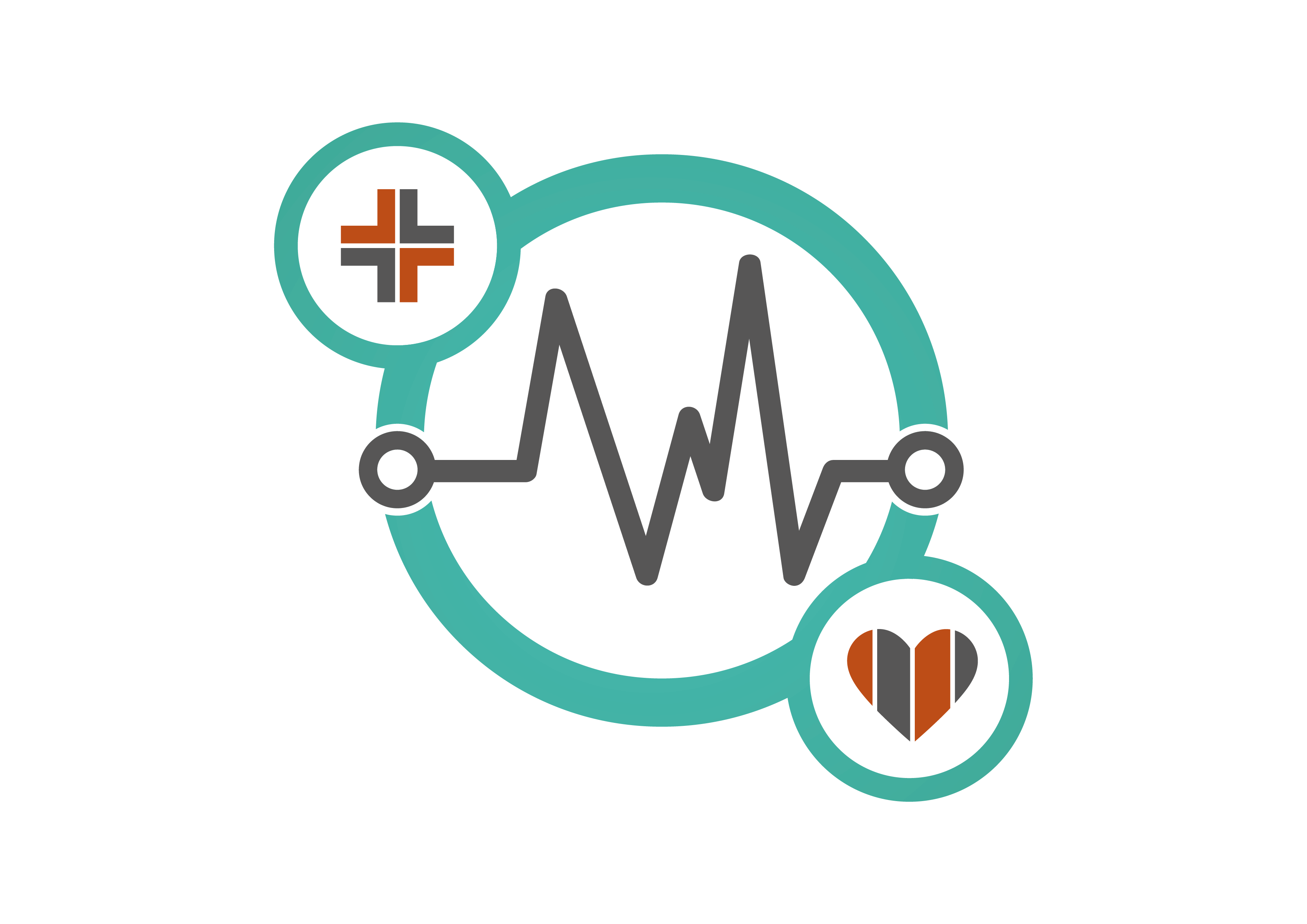This month’s question aligns with World Cancer Day – an international day marked on 4 February to encourage the prevention, detection and treatment of cancer, whilst also raising awareness. We hear from three experts from National Physical Laboratory, PacBio and Hologic on how advancements in digital health technologies are contributing to cancer care including prevention, monitoring and post-treatment support.
Neil Ward, Vice President and General Manager of PacBio EMEA
Recent advances in genomic sequencing technologies are fuelling breakthroughs in cancer research, monitoring, and treatment. There are two main approaches to genomic sequencing – short- and long-read – each of which bring value to different cancer scenarios.
The most commonly used method of sequencing to date has been short-read, which involves breaking the genome into small fragments (50-300 base pairs). Short-read data is useful for tracking residual disease, ongoing cancer screening, and in some cases early detection of cancer.
Recent improvements in the sensitivity and specificity of short-reads have further opened doors for use cases such as liquid biopsies. Unlike tissue biopsies, liquid biopsies are non-invasive and do not require sedation. Identifying circulating tumour DNA in the blood is challenging, due to it being present in very low concentrations. But highly accurate short-read sequencing by binding (SBB) techniques have doubled the sensitivity of these tests to detect cancer at earlier stages.
In contrast, long-reads sequence DNA segments that are kilobases long. This means a long-read spans complex areas of the genome like large structural variants and tandem repeats. The accuracy and completeness of long-reads affords researchers a deeper understanding of individual cancers, supporting a precision oncology approach.
Previously, widespread use of long-reads was hampered by cost and low throughput. Now, new sequencers have unlocked the possibility of a US$1,000 genome with a 24-hour turnaround time for patients. We’ve already seen the benefits of such innovation and the ability to scale research in breast cancer; one study that employed long-read data revealed 3,059 breast tumour-specific splicing events, including 35 that are significantly associated with patient survival.
Finally, modern sequencing technology, both short- and long-read, is now backed by sophisticated AI and deep learning techniques. This allows researchers to conduct deeper analyses of large datasets, unlocking insights into the pathology of cancer and its progression at a molecular level.
In short, innovation in genomic sequencing is unlocking a new era of cancer monitoring and care. Highly accurate sequencing technology is helping researchers to explore variations in the genome that were not previously detected, edging us closer to the goal of diagnosing cancer at the earliest possible stage and informing precision oncology treatment decisions.
Ana Lourenço, Principal Scientist at the National Physical Laboratory (NPL)

The new ways of working that became necessary during the Covid-19 pandemic have accelerated the use of digital technologies in healthcare. For example, telehealth, which was previously not standard, has become more widely adopted. This increased usage has also highlighted the untapped potential of these technologies to transform cancer care at every stage, from prevention and early diagnosis, through to treatment and post-treatment support while also enhancing patient and clinician experiences, interactions, and safety.
Prevention and early detection are the first line of defence against cancer. Research and development is ongoing to enable personalised risk assessment for cancer through genetic testing and data analytics that facilitates the identification and early intervention for individuals at high risk.
Moreover, health apps and wearable devices that track physical activity and diet will play a crucial role in monitoring lifestyle factors associated with cancer risk. The integration of Artificial Intelligence (AI) in these processes will enable accurate predictive modelling for early intervention: and also analysing vast datasets to identify undiscovered patterns that enhance our understanding of cancer.
In addition, advanced imaging technologies have led to more accurate identification of cancer. More advanced biopsy and molecular profiling are also essential for accurate diagnosis and determining personalised treatment strategies that are based on the cancer’s specific genetic makeup.
When it comes to treatment, digital tools are now indispensable for both planning and monitoring. Technologies like software-assisted radiation therapy planning and AI enable a more adaptive and personalised approach to patient treatment strategies.
In post-treatment, telemedicine facilitates communication and follow-ups while patient portals provide convenient access to medical records. AI-driven platforms are expected to further customise future support plans by analysing patient-reported outcomes, resulting in personalised post-treatment care.
Active AI-assisted monitoring of outcomes and toxicity in the case of radiotherapy is crucial to feedback into improving diagnosis and treatment for future patients.
Despite the advancements in digital health technologies, considerable challenges remain, including data privacy, uncertainty in measurement and annotations, securing additional funding for the practical development and implementation of technological innovations in clinical practice.
Achieving a broader deployment of remote monitoring, decentralised care, and trustworthy AI in cancer care continues to be an important objective for the future. However, in this digital era, we must not overlook the human aspect of cancer care.
Although digital health technologies are indispensable in improving efficiency and financial sustainability of healthcare systems, they are no substitute for the compassionate support and empathy that only human healthcare professionals can provide to patients.
Tim Simpson, General Manager Hologic UK and Ireland

Advancements in digital health technologies continue to contribute to the evolution of cancer care. They can improve the accuracy and efficiency of diagnosis, which ultimately leads to earlier treatment and consequently a better patient outcome.
There are many digital technology innovations that are making a difference, but I will focus on two examples, digital cytology and AI in breast cancer screening, where we have seen positive steps recently.
We have seen first-hand the positive impact of AI-guided imaging with the UK’s first pilot of digital cytology in cervical cancer screening at University Hospital Monklands. The technology rapidly reviews test slides providing the screener with the most diagnostically relevant cells. The initial results are promising with the hospital reporting increased capacity in slide assessment and improved analysis turnaround times.
Allan Wilson, Consultant Biomedical Scientist at NHS Lanarkshire, who led the pilot project, commented on the possibilities of the technology in allowing screeners to dedicate more time to training on the latest technologies and dealing with difficult-to-diagnose cases. He also noted that it increases the confidence women can have in cervical cancer screening and reduces the likelihood of a false negative so any pre-cancerous changes can be picked up and treated earlier before they become cancerous.
In terms of the advancement in detecting breast cancer, the most common cancer worldwide, we are seeing a lot of potential with digital breast tomosynthesis (DBT), which has been shown to detect more invasive breast cancers compared with traditional 2D mammography.
Its potential is augmented by incorporating AI, which boosts efficiency and accurate diagnosis. Based on a comparison with the average time taken to read a breast screening image, the use of AI could mean up to 13% less time is needed to read a mammogram. Radiologists would be able to report more cases per day and the efficiency with which images are reviewed would be improved resulting in significant overall time savings for clinicians.
Ultimately, by introducing digital health advancements we have the potential to improve cancer care and health outcomes while enhancing NHS efficiencies. I am excited to see how far innovations can advance cancer care in the years to come.


